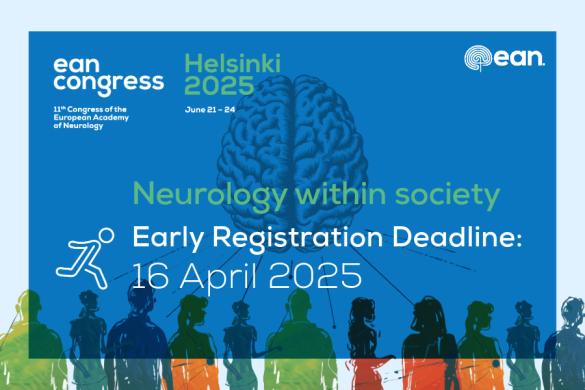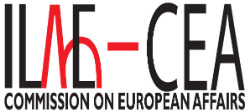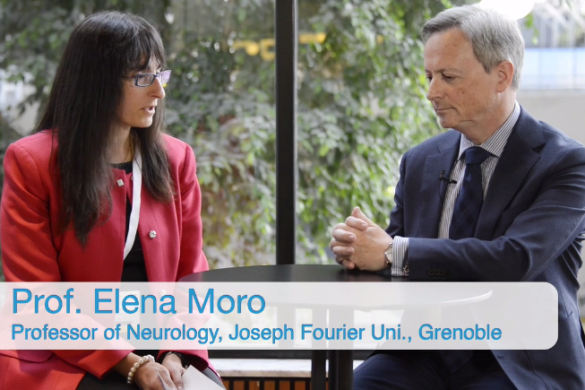Gian Luigi Lenzi: The two EBC publications by Jes Olesen on the Costs of Disorders of the Brain in Europe are an important landmark for both European and national agencies for planning the overall research and care of brain diseases. We therefore asked the general director – CEO – of the Italian Agency for Drugs (AIFA, i.e. the Italian branch of EMEA) for a comment on these papers. Dr. Luca Pani, general manager and CEO of AIFA, worked on biological psychiatric themes, including topics such as dementia and cognitive decline. We asked him also for a comment on the impact of diminishing investments from drug factories in the field of brain disorders. Dr. Pani’s and Dr. Siviero’s answers are a general comment.
Luca Pani and Paolo Siviero: The level of civilization of a country is measured by its model of care for patients affected by mental and brain disorders, who need a level of assistance far more complex than others, in some cases from their childhood to old age. It is important for the National Health Service (SSN) to adequately support the treatment of brain disorders, a very wide and diversified group of diseases that is cause of direct and indirect costs, not only from an economic perspective but also from a physical, emotional and social fragility perspective.
Data from the World Health Organization show that brain disorders account for 35% of all diseases in Europe that every 40 seconds someone commits suicide, and that 50 million people worldwide suffer from epilepsy. Italian data on pharmaceutical expenditure and consumption confirm the same trend. According to the OsMed report January-September 2011 on “The use of medicines in Italy”, medicinal products acting on the central nervous system constitute the third therapeutic category for outpatient expenditure (17.9 euro per capita), with antidepressants representing the most frequently prescribed category and antiepileptic drugs being the one with the highest expenditure. In 2010, antidepressants totalized, at outpatient level, the 3.7% of public expenditure and of consumption (expressed in Defined Daily Dose) and since 2002 an average increase of 6.7% annually (DDD/1000 ab die). This is even more worrying considering that these disorders are underestimated, due to the limited availability of epidemiological and statistical data. Currently for many brain disorders the time between symptom onset and diagnosis is still too long, because patients and families often have difficulty in admitting a brain or a mental disorder, in recognizing the symptoms and therefore in addressing themselves timely to a primary care physician or a specialist. An important role is played by forms of social stigma that are still related to mental illness.
There are also few clinical trials involving brain disorders. Data from the 10th National Report 2011 on “Clinical Trials of Drugs in Italy” show that in respect to a total of 3863 clinical trials, conducted between 2006 and 2010, those regarding the therapeutic area of psychiatry and psychology were only 67. Similarly, available innovative treatments for many brain disorders remain insufficient. For instance, in the treatment of Alzheimer’s disease the possible clinical value of monoclonal antibodies starts now to be evaluated as a valuable clinical tool, while this should have happened at least 10 years ago, as it happened for cancer therapies. Pharmaceutical companies in Europe are increasingly less interested in research targeting brain disorders, risking in this way to widen the gap between patients’ expectations and care needs on one side and the existing innovative therapies on the other. This is considered related to the fact that the research and development of a new drug for mental disorders still constitutes a very risky, long, and costly investment. According to PhRMA data on the development of medicines for the treatment of Alzheimer’s and Parkinson’s disease , each new medicinal product costs, on average, more than a billion and takes between 10–15 years to get to the patients. Although EFPIA data show that from 2006 to 2010 the expenditure on R&D of pharmaceutical companies increased by 4.4% in Europe and 3.9% in USA, with an investment of €27 billion in Europe in 2010, it has been registered a remarkable decline in productivity due to the innovation gap leading to a low number of drugs placed on the market. Considering this framework the involvement of institutions such as the Italian Medicines Agency (AIFA) is strategic. AIFA, in accordance with its mission to promote independent research, dedicates particular attention to the observational or experimental studies on psychiatric disorders and drugs related to them. There are currently three ongoing studies : “Prescription, efficacy, and safety of psychotropic drugs in the Italian paediatric population”, “Levodopa Administration Modalities and Pramipexole in Parkinson’s disease” and “Effectiveness and tolerability of lithium in subjects with treatment-resistant depression and suicide risk” . There have been also some European and international scientific advices between regulators and HTA bodies in order to identify sustainable approach to the development of new drugs in this field. However, this is not enough. There is a pressing need to fill the gap between brain disorders and the available therapeutic armamentarium, and to improve the attention given to brain disorders in academic courses. In conclusion, the innovation in the field of neurological and mental disorders shall be considered as an economic and cultural challenge that we all need to undertake for a better future in many patients’ lives.
Luca Pani is Director General of the Italian Medicines Agency
Paolo Siviero is Head of the Department of Economic Strategy and Pharmaceutical policy – Italian Medicines Agency
AIFA: Agenzia Italiana del Farmaco, Via del Tritone 181, 00187 Rome, Italy













